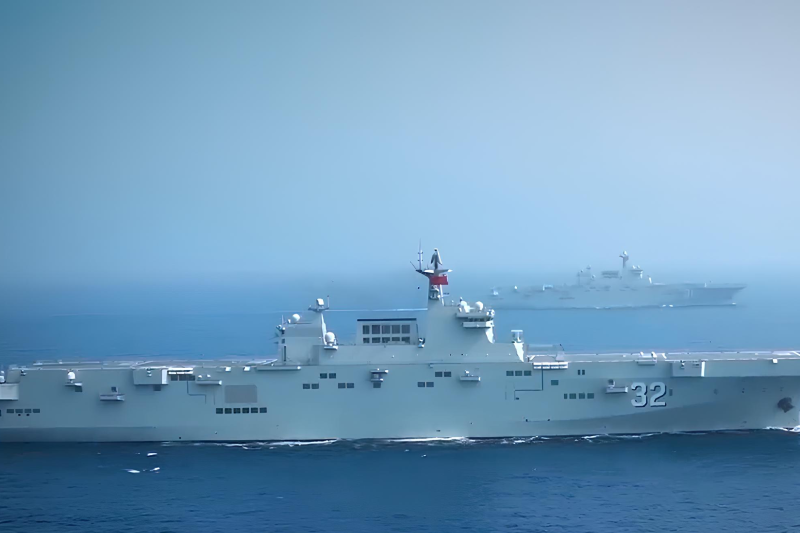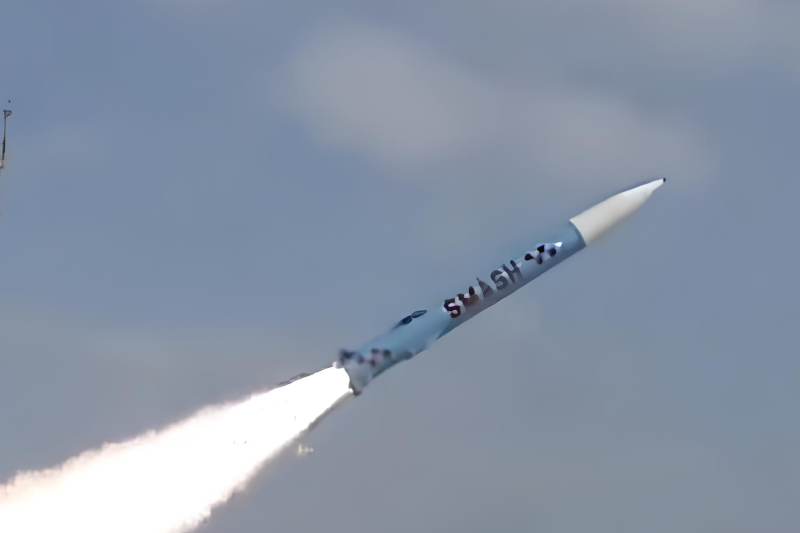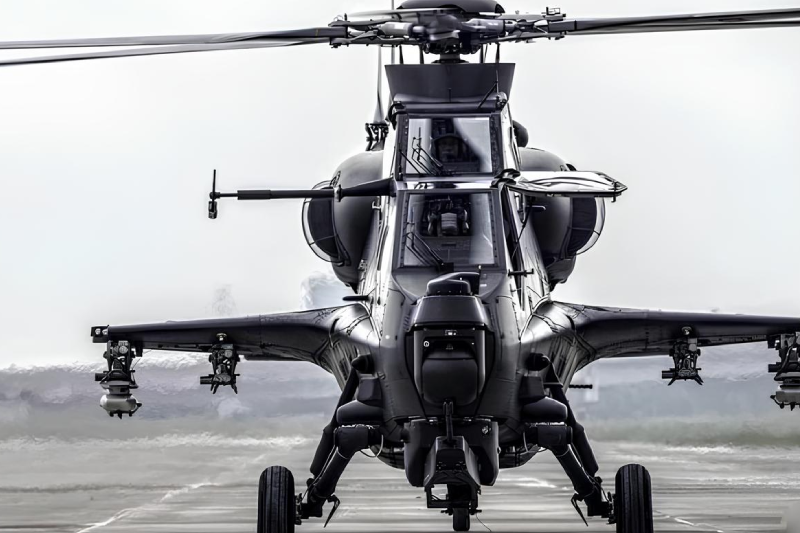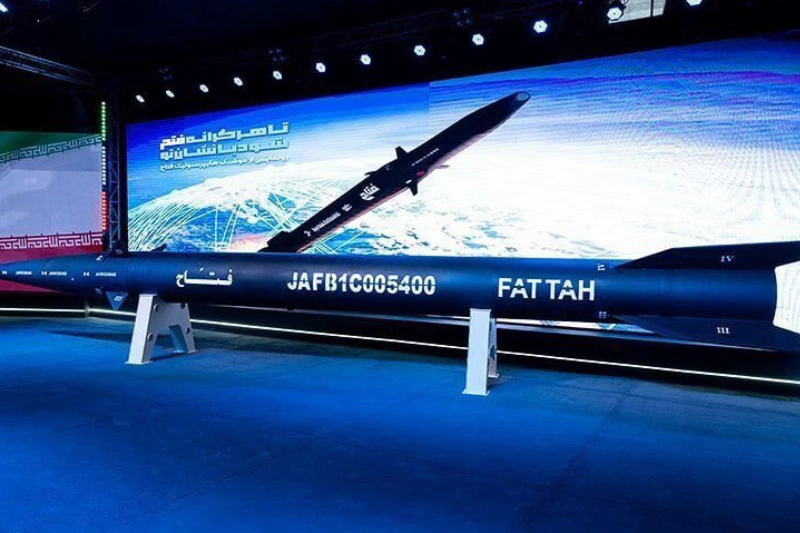Iran Strikes Israel with Mach 13+ Fattah Hypersonic Missile
Iran said it had fired Fattah-1 hypersonic missiles at Tel Aviv, saying the strikes “shook the shelters” across the city, according to Iranian Revolutionary Guards Corps announcements on June 18, 2025. The claimed deployment represents Iran’s assertion of using its most advanced missile technology in ongoing military operations against Israeli targets during the current escalation cycle.
Expert Skepticism Surrounds Hypersonic Claims
Despite Iranian announcements, there is no evidence that Iran has unleashed the missiles, and experts are skeptical of the claim. International defense analysts question the verification of hypersonic missile employment, highlighting the challenge of confirming advanced weapons use during active conflict situations where propaganda and strategic messaging often accompany military operations.
Fattah Missile Technical Specifications
Fattah-1 is an Iranian hypersonic medium-range ballistic missile developed by the Islamic Revolutionary Guard Corps and unveiled in June 2023. Iranian sources claim the missile achieves terminal speeds between Mach 13 to Mach 15 using hypersonic glide vehicle technology, with a reported range of 1,400 kilometers and enhanced maneuverability designed to evade missile defense systems.
Broader Iran-Israel Military Exchange
The claimed hypersonic missile use occurs within a larger military confrontation where Iran has so far fired nearly 400 ballistic missiles and hundreds of drones towards Israel, with about 35 missiles penetrating Israel’s defensive shield. This extensive exchange represents one of the most significant direct military confrontations between the two regional powers in recent decades.
Air Defense System Challenges
Hypersonic missiles, among other techniques, can trick air defence systems, presenting unprecedented challenges for traditional missile defense architectures. The combination of extreme speed, maneuverability, and unpredictable flight paths makes hypersonic weapons particularly difficult for existing air defense systems to intercept effectively.
Iranian Strategic Messaging
Iranian Revolutionary Guards characterized the claimed hypersonic missile employment as marking “the beginning of the end” for Israel’s missile defenses, describing the Fattah as capable of repeatedly penetrating Israeli air defense networks. This messaging emphasizes Iran’s strategic narrative of technological superiority and defensive penetration capabilities.
Global Hypersonic Technology Development
Hypersonic glide vehicles were first operationalized by Russian Armed Forces in the late 2010s, followed by Chinese and North Korean developments. Iran’s claimed hypersonic capability, if verified, would represent the expansion of this advanced technology to Middle Eastern regional powers, potentially altering regional military balance calculations.
Missile Defense System Limitations
Current Israeli air defense systems, including Arrow, Barak 8, and David’s Sling platforms, face capacity constraints when confronting large-scale missile barrages. Support from U.S. Army THAAD systems and Navy AEGIS destroyers provides additional defensive layers, but analysts question overall system sustainability against sustained hypersonic missile employment.
Verification Challenges in Active Conflict
The difficulty of independently verifying advanced weapons use during active military operations complicates accurate assessment of Iranian hypersonic claims. Propaganda considerations, strategic deception, and limited independent observation capabilities create uncertainty around specific weapons employment and effectiveness rates.
Technology Transfer Implications
Iran’s claimed hypersonic capability potentially reflects technology transfers from North Korea, which first flight-tested hypersonic glide vehicle missiles in September 2021. Decades of Iranian-North Korean defense cooperation in ballistic missile development suggest possible continued collaboration in advanced weapons technologies.
Regional Security Balance Impact
If verified, Iranian hypersonic missile deployment could significantly alter Middle Eastern security dynamics by providing Tehran with enhanced precision strike capabilities against heavily defended targets. This development might influence regional arms race dynamics and defensive system procurement priorities among neighboring countries.
Strategic Considerations
Iranian hypersonic missiles reportedly lack nuclear or chemical warheads, limiting single-strike damage potential compared to weapons of mass destruction. However, their potential use against air defense installations could serve as force multipliers, enabling conventional missile arsenals to achieve higher penetration rates against degraded defensive networks.
Also read this: Iran Unveils Shahed-107 Kamikaze Drone With New Features
Future Conflict Implications
The claimed introduction of hypersonic weapons into Middle Eastern conflicts represents a potential escalation in weapons sophistication and defensive challenges. Whether verified or not, these developments signal the continued evolution of regional military capabilities and the growing complexity of air defense requirements in contested environments.
Iran’s claims regarding Fattah hypersonic missile employment highlight the intersection of advanced weapons technology, strategic messaging, and verification challenges in contemporary military conflicts, with significant implications for regional security dynamics and global missile defense considerations.
Keep connected with us at Facebook, Twitter, YouTube, Instagram & TikTok for latest defense happening around the globe.
Discover more from International Defence Analysis
Subscribe to get the latest posts sent to your email.












